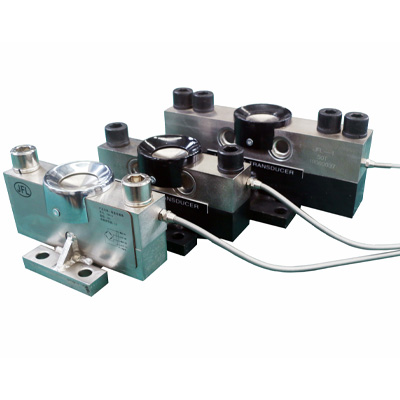
Understanding Load Cells: How They Work and Their Applications in Force Measurement
What is a Load Cell?
A load cell is a transducer that converts a force or weight into an electrical signal. It is widely used in industrial and commercial applications to measure weight, force, and pressure with high accuracy. Load cells are critical components in various industries, including manufacturing, construction, and material testing, where precise force measurement is essential.
How Do Load Cells Work?
Most load cells operate based on the principle of strain gauges. A strain gauge load cell consists of a metal body that deforms under the applied load. The strain gauges attached to the metal body detect this deformation and convert it into an electrical signal. The signal is then processed to calculate the applied force or weight accurately.
Types of Load Cells
Load cells come in different types depending on the method of force application and the type of signal processing:
Strain Gauge Load Cell
The most common type of load cell, based on the strain gauge principle.
Provides high accuracy and sensitivity.
Suitable for tension, compression, and shear force measurements.
Hydraulic Load Cell
Measures force using a hydraulic fluid system.
Ideal for heavy load applications and harsh environments.
Pneumatic Load Cell
Uses air pressure to measure force.
Suitable for cleanroom and hazardous environments.
Capacitive Load Cell
Measures changes in capacitance due to applied force.
Offers high sensitivity and fast response time.
Applications of Load Cells
Load cells are essential in various industries and testing processes:
Industrial Weighing Systems – Load cells are used in platform scales, tank weighing, and conveyor belt systems for accurate weight measurement.
Material Testing – In tensile and compression testing, load cells measure the exact force applied to materials.
Aerospace and Automotive – Load cells are used to test structural integrity and material performance under stress.
Medical Devices – Load cells are integrated into patient lifting systems and rehabilitation equipment.
Why Strain Gauge Load Cells Are the Most Popular
Strain gauge load cells are widely preferred due to their high accuracy, long-term stability, and ability to handle various types of loads (tension, compression, and shear). Their compact design and high sensitivity make them ideal for precision measurement in both laboratory and industrial settings.
How to Choose the Right Load Cell
When selecting a load cell, consider the following factors:
✅ Load Capacity – Ensure the load cell’s capacity matches your expected load range.
✅ Environmental Conditions – Consider temperature, humidity, and exposure to chemicals or dust.
✅ Mounting and Installation – Check compatibility with the mounting system and operating space.
✅ Signal Output – Ensure compatibility with your data acquisition system.
Conclusion
Load cells play a crucial role in accurate force and weight measurement across industries. Among different types, strain gauge load cells are the most widely used due to their high accuracy and versatility. If you're looking to invest in a high-quality force measurement sensor, ensure you choose the right type based on your specific application needs.
Keywords: load cell, load cell sensor, weight sensor, force measurement sensor, force measurement load cell, strain gauge load cell






 售前客服
售前客服